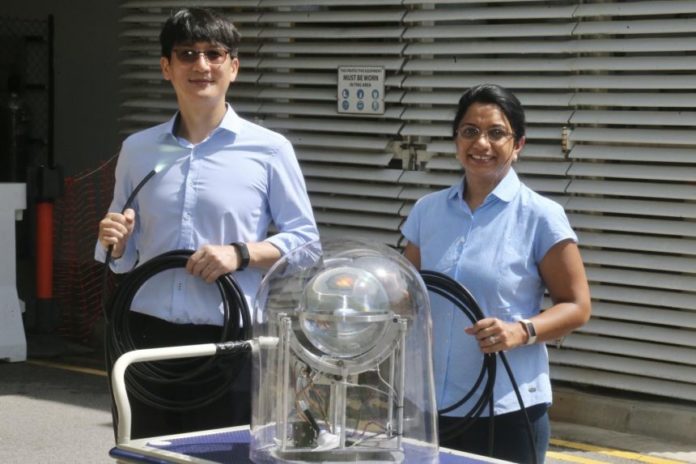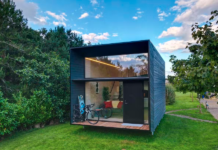The experimental device is quite compact and consists of an acrylic ball, a single optical fiber for transmitting sunlight to the desired location, and electric motors controlled by electronic sensors.
The device sits above the ground, and the acrylic ball acts as a concentrator of sunlight, allowing parallel beams of sunlight to focus on the desired location. The focused sunlight is then collected at one end of the fiber optic cable and transmitted to the underground end. Next, light is emitted directly through the end of the fiber optic cable.
Using a computer control system, the compact motors automatically adjust the position of the collecting end of the fiber to optimize the amount of sunlight that can be received and carried as the sun moves across the sky.
The prototype developed by the researchers weighs 10 kg and has a total height of 50 cm. To protect the acrylic ball from environmental influences, ultraviolet radiation, and dust, the researchers also created a 3 mm thick transparent domed cover from polycarbonate. More detailed technical characteristics of the device are not provided.
The Singapore authorities are planning to increase the number of underground premises in the near future due to the rise in land prices. As a result, any technologies that can reduce the cost of lighting such premises will always be in demand and will receive government support.
The inventors at NTU stated that the smart lighting that collects focused sunlight does not require complex equipment and can easily be mass-produced for further integration into urban infrastructure.







